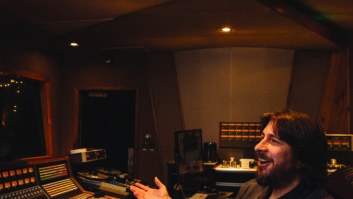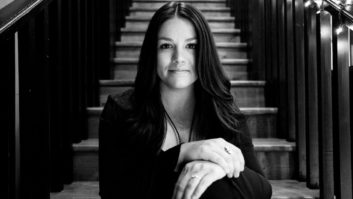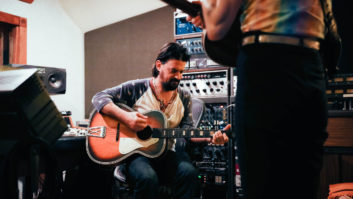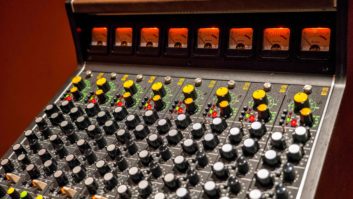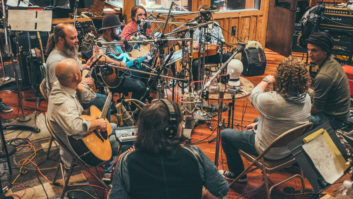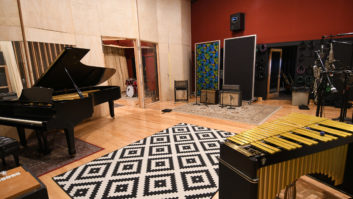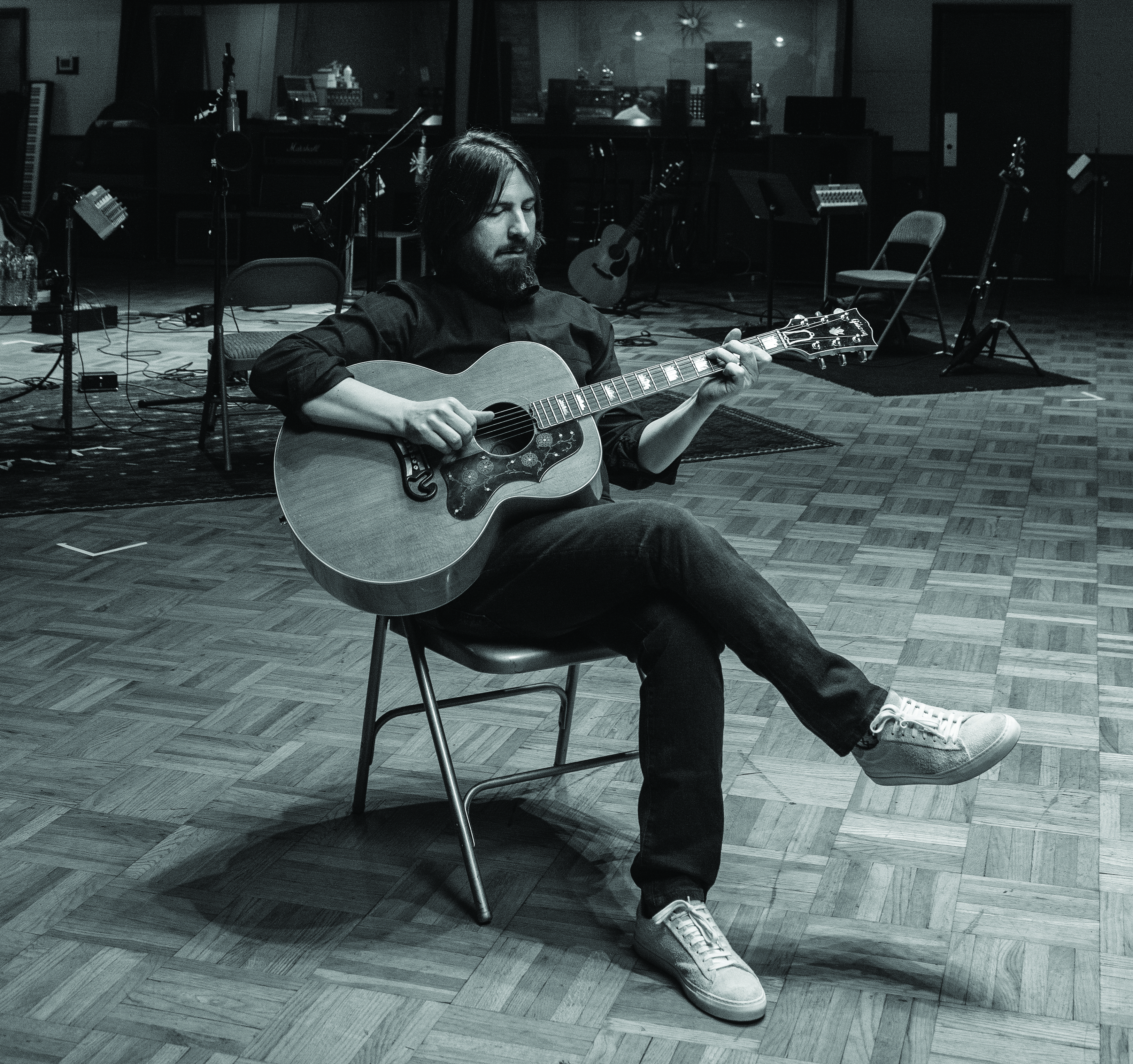
Settling in Nashville has led to the biggest success of Dave Cobb’s career. Since relocating from L.A. in 2011, he’s received four Grammy Awards, three Americana Association Awards, two CMA Awards, the Music Row Award for Producer of the Year, and plenty more recognition for the beautiful, top-selling, artist-centered albums he’s produced with Chris Stapleton, Jason Isbell and others.
After making some of those records in his home studio for five years, Cobb was able to take over RCA Studio A when Ben Folds departed in 2016. Now, Cobb is adding his own memories and milestones to the legendary facility’s story, and he revels in the resources that Nashville holds for locals, as well as transplants like him.
“This is a place where you can be working at 11 at night on a session and you need a harmonica on a song, and if you just make a call, the person who shows up is the best harmonica player in the world,” Cobb says. “Right now, Nashville feels like the only place in the world where art meets commerce—where there’s record labels, artists and infrastructure all in the same place.”
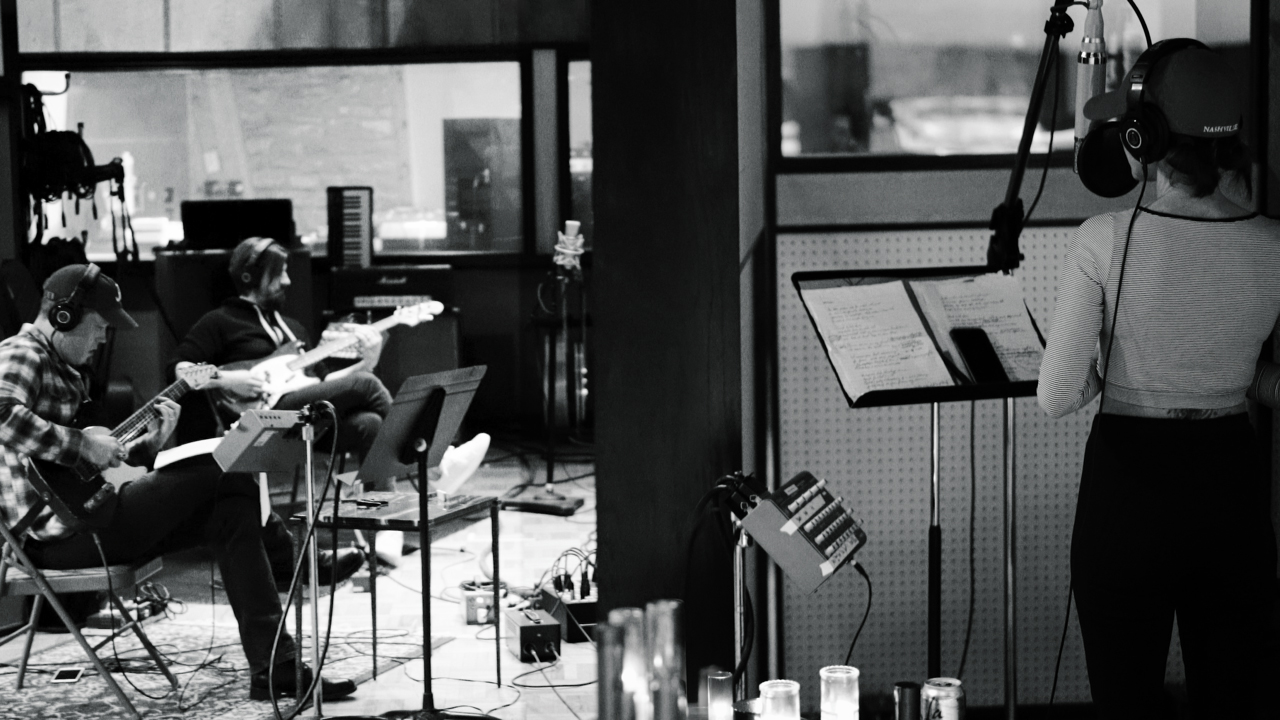
Tell us about how work has changed for you since moving into Studio A.
It’s an honor to be in a place like Studio A. Never in my wildest dreams did I think I’d be able to show up every day to a place like that. It’s a beautifully purpose-built room to handle orchestra and choir and band and singer all in one room with no headphones, and I’ve always fantasized about being able to work that way properly.
Related: Berklee Honors Producer Dave Cobb, March 20, 2018
It’s really changed the way I make records in the sense that I can have multiple things set up and stay set up, and we can move very quickly. When you’re inspired, this room does not limit you. I used to have to move microphones or move other things around anytime I needed to change something, and it was a much slower process.
The second side of it is, the walls have a lot of history and music in them. It almost feels like I need to wear a tie every day, to respect where I am. I love that about it. I think everybody who walks in can feel who came before us, and I think they all put on their Sunday best in a way, and try to be better because of who came before us.
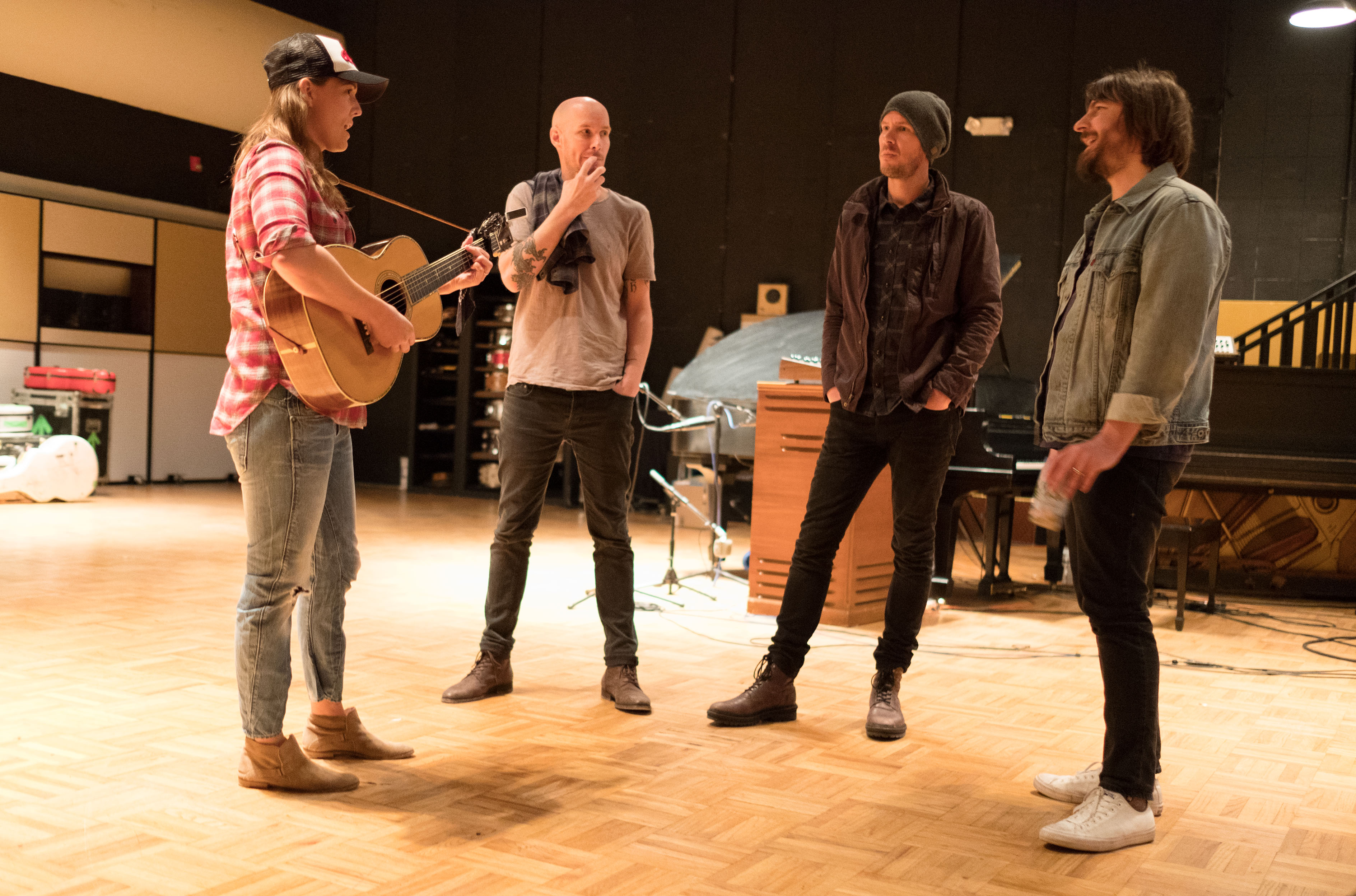
Did you bring all your gear from home, or did you acquire anything from Ben’s Place?
I bought the API console from him—a ’70s 3288—and a piano. It was great to move into a place with a nice desk that was already installed and working. I didn’t really have down time because of that.
So the rest of the equipment is from your home studio?
Yeah. It looks like an episode of Hoarders now, but with gear.
Do you still keep a home setup?
I do. I bought a new house and built a new studio, and I mix there sometimes. It’s great, because I can see my 9-year-old daughter at home.
Related: Jason Isbell: Vocals Come first on ‘Southeastern,’ by Barbara Schultz, May 1, 2013
What else do you have in Studio A?
My monitors are PMC XB3S. I love them. They’re the best speakers I’ve ever owned. As far as recording platforms, for the most part I stay on a Studer A800 8-track, and then transfer that into Pro Tools and overdub in Pro Tools. There’s a ton of outboard gear, and that’s always changing and rotating. That’s probably the basis of everything: a lot of outboard mic preamps, compressors, Fairchild 670s and 660s—all kinds of stuff. Too much stuff.
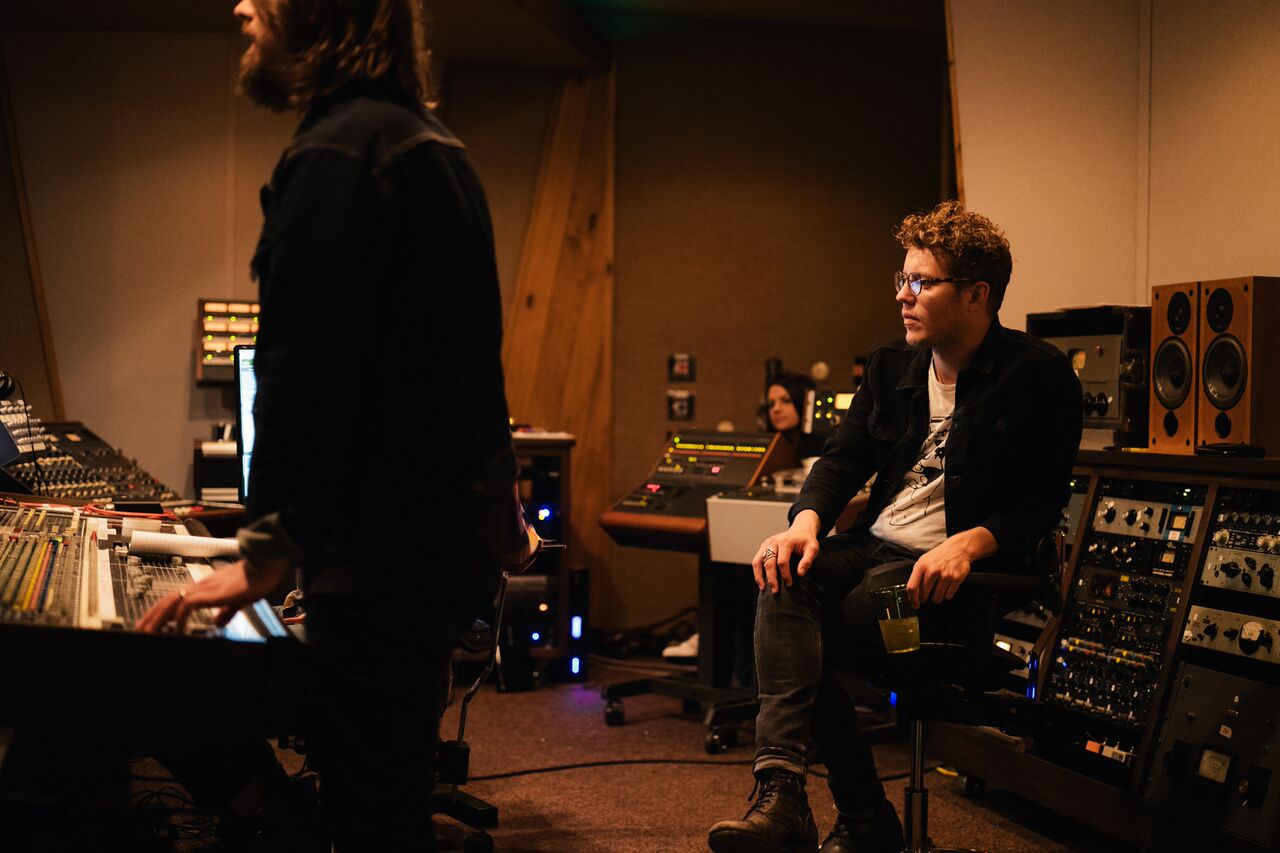
Do you have a main engineer you work with there?
I work with Gena Johnson a lot; she’s probably the mainstay of the studio. But other people come in and do records with me: Vance Powell, Darrell Thorpe, Eddie Spear, Matt Ross-Spang, Brandon Bell. Those are probably the people I work with the most. Having different engineers come in and out makes it fun. We make each other laugh and show each other tricks.
Can you tell what you’re working on now?
I have a John Prine record coming out, and some other things I can’t tell you.
If I name a few of your recent projects, would you describe something about the process of making them? How about, Brandi Carlile’s album By the Way, I Forgive You.
She’s one of my favorite singers. I produced that with Shooter Jennings, and Eddie Spear engineered. I think her vocal chain was a Shure SM7 and a Neve 1073 and a Fairchild 660, but it could have been anything and she would have sounded great.
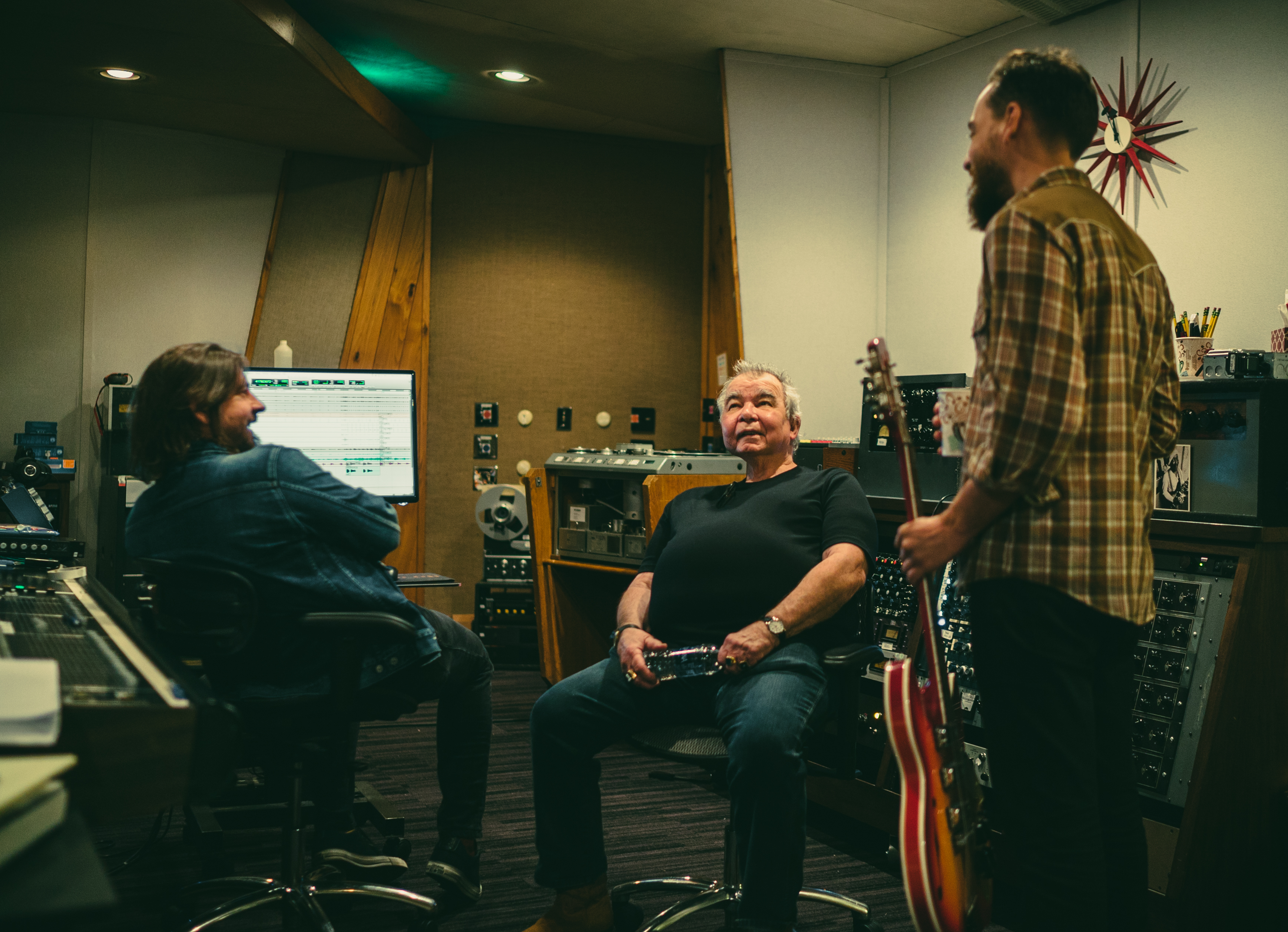
All the vocals were cut with the drums in a booth and everybody else in one room together, and she’s just bleeding into the other mics. Those are all live vocal takes, and we made the record around her vocals. If it was a good vocal take, that was the take we used. Also, she’s somebody who you challenge and she would deliver every time: “Go ahead and push me, and I’ll show you what I can do.”
How about Anderson East’s Encore?
That record wasn’t as much making a soul record as it was making a record with a lot of soul. Anderson is one of my best friends in the world, and we’re both big fans of Leon Russell, and Joe Cocker’s Mad Dogs & Englishmen and Van Morrison. We wanted the record to feel like when you watch Joe Cocker sing “With a Little Help From My Friends,” where everything just gets bigger and crazier, and just when you think the song is done, it goes somewhere else and explodes. We made a record that was like a live concert and we tried to have explosions wherever we could.
Chris Stapleton’s From a Room records?
I was a fan of Stapleton for many years before we got to work together. I play acoustic guitar with him on the record. We basically all get in the room and act like we’re teenagers in a rehearsal space. All those vocals are live on his album, as well. In some cases drums are also in the same room. We just goof off a lot, and then we get to recording when feel like it. We run the song a couple times and that’s it. He’s a blast to make a record with—a once-in-a-lifetime artist—an incredible singer, songwriter and player as well. It’s super-easy to make those records.
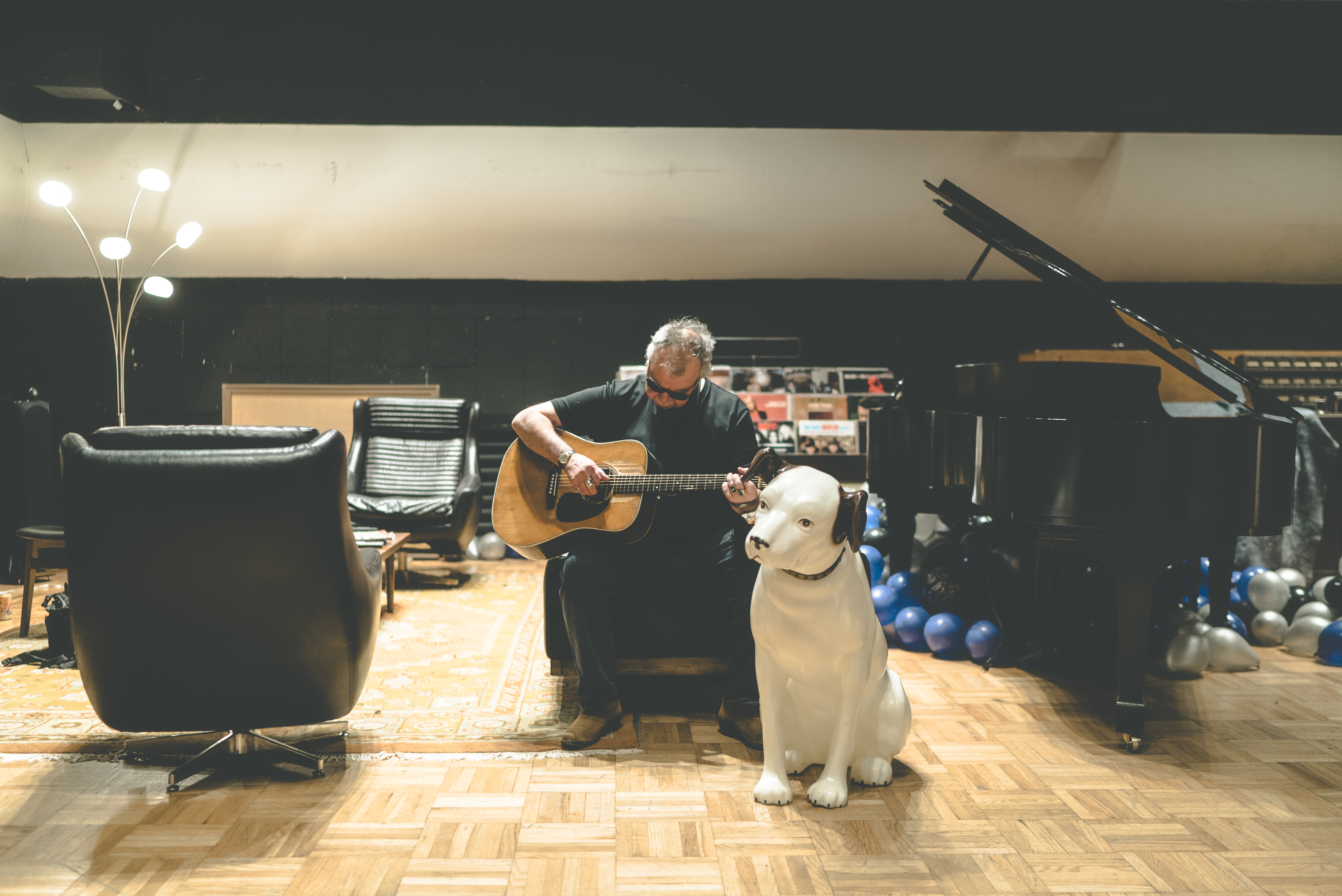
Vance Powell was the engineer and mixed, so when we’d come in the control room, it would sound like a finished record as soon as we just finished tracking.
How do you decide when to play on a record you’re producing? Is it usually at the artist’s invitation, or does it start with you trying to explain something musically?
I don’t use clicks or computers to create feel on a record. I try to come from a human place. So I act as the click, in a way. Being in the room allows me to connect to a take and feel when we’ve got it right.
Related: Music: Secret Sisters Updates Classic Country and Pop Sounds, by Blair Jackson, Nov. 10, 2010
It’s really just me ripping off Jimmy Miller, the guy who produced a lot of my favorite Stones records. He became kind of part of the band when he made those records, and he would play percussion or whatever it took to get the band in the right place.
